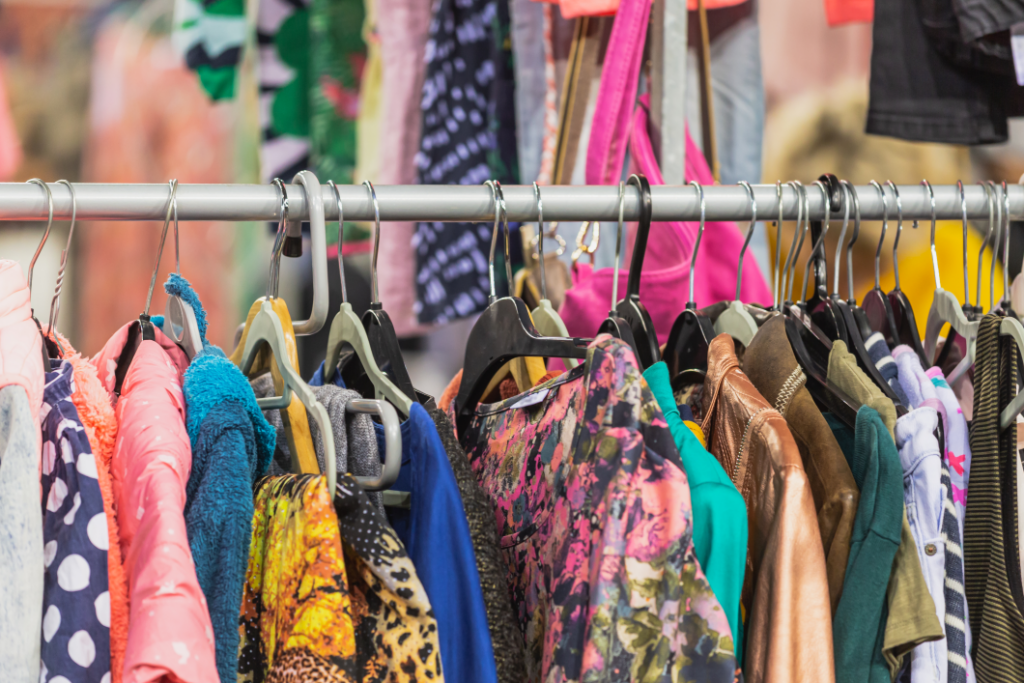Green is the New Black in Sustainable Fashion
Textile waste has been on the rise in recent years because of “fast fashion” trends. Companies are exploring ways to recycle these otherwise discarded materials.
Published June 1, 2018
By Mandy Carr
Academy Contributor

How much stuff do you have in your closet? If you’re like most people, it’s way too much and with clothing you probably seldom wear. According to Mattias Wallander, CEO of USAgain, Americans purchase five times as much clothing as they did in 1980 — largely due to “fast-fashion” — low-quality, inexpensive fashions typically found at retailers like H&M and Forever 21. As a result, textile waste grew 40 percent between 1999 and 2009, according to the Council for Textile Recycling. In 2014 the EPA reported that 10,460,000 tons of textile waste was thrown into landfills.
In the State of Fashion 2018 report by Business of Fashion and McKinsey & Company, Dame Ellen MacArthur said, “Today’s textiles economy is so wasteful that in a business-as-usual scenario, by 2050 we will have released over 20 million tons of plastic microfibers into the ocean.” Those stats show a frightening trend, but according to a 2014 article in The Atlantic, of the clothing that is collected by charities: 45 percent is used for secondhand clothing, 30 percent is cut down and made into industrial rags, 20 percent is ground down and reproduced and five percent is unusable. Less than one percent is recycled into new textile fiber.
Barriers to Recycling Textiles
So why isn’t more disused clothing being recycled? According to Natasha Franck, the founder of EON, a collective focused on making fashion sustainable, the biggest barrier to recycling textiles is the lack of material transparency. Fabric cannot be recycled if its composition is unknown. Seventy percent of retailers plan to provide item level tagging by 2021 and EON is developing the first global tagging system for textile recycling, making it easier to sort through fabrics.
Some retail companies are developing their own solutions. International fashion retailer Zara, for example, is installing collection bins across all its stores in China, while Swedish retailer H&M, has invested in Re:Newcell the first garment in the world made from chemically recycled used textiles. C&A introduced a mass market price T-shirt that is “Cradle-to-Cradle” certified i.e. designers and manufactures have undergone a continual improvement process that looks at five quality categories; material health, material reutilization, renewable energy and carbon management, water stewardship, and social fairness. Each product receives a level of achievement in each category — basic, bronze, silver, gold or platinum.
Many cities have their own recycling programs. New York City has NYC Grow collection points to donate clothing. Unwanted clothes are picked up at collection stations and then taken to a facility to be sorted and recycled. Germany-based I:CO — short for I:Collect — provides global solutions for collection, reuse and recycling of used clothing and shoes. Their worldwide take-back system and logistics network currently operates in 60 countries and helps cities and retail outlets to develop recycling solutions.
Also read: Students Make Sustainable Fashion Statement
